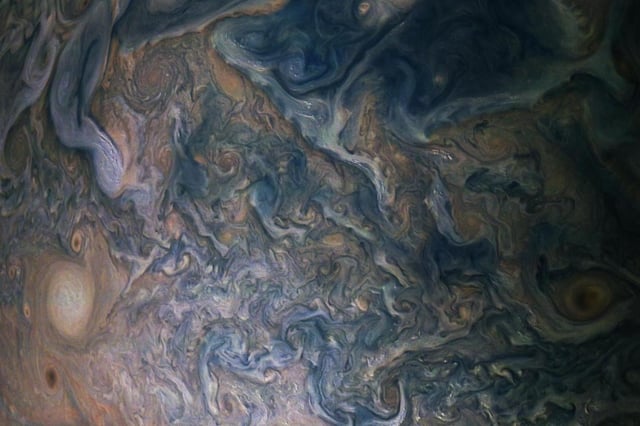Overview
- UC Berkeley researchers have confirmed the existence of 'mushballs,' ammonia-water slush hailstones, during Jupiter's intense lightning storms.
- These mushballs form when ammonia acts as an antifreeze, enabling water ice to mix and grow into dense hailstones that fall deep into the atmosphere.
- The phenomenon explains the depletion of ammonia in Jupiter's upper atmosphere, with levels reduced down to depths of 150 kilometers.
- Advanced 3D imaging shows most of Jupiter's weather systems are shallow, but powerful storms penetrate deeper, unmixing atmospheric gases and redistributing ammonia and water.
- This discovery suggests similar atmospheric processes could occur on other gas giants and exoplanets, impacting how scientists interpret planetary atmospheres.


